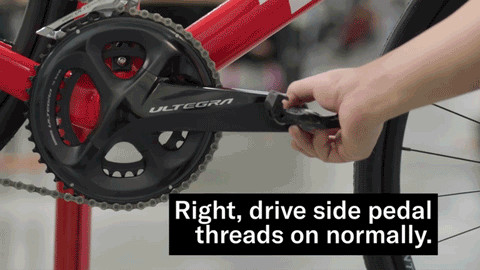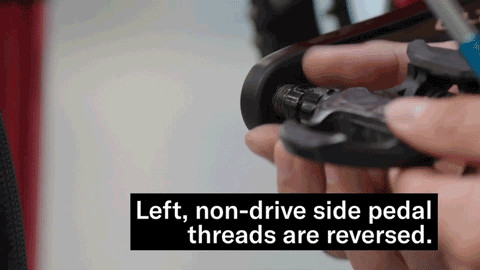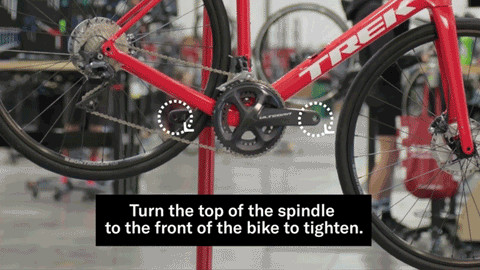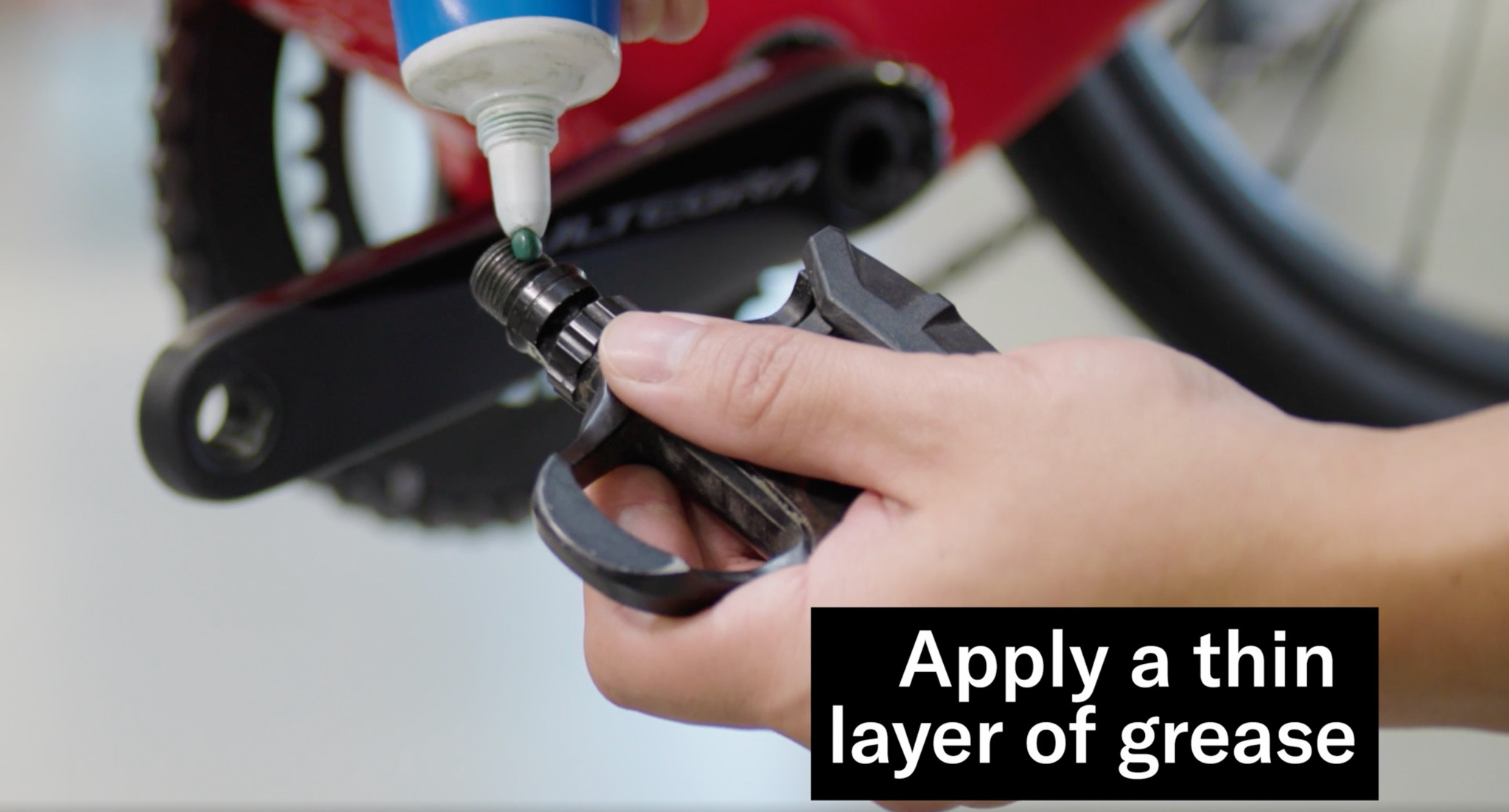Knowing how to remove bike pedals is a fundamental skill for any cyclist who wants to perform their own bike maintenance. Whether you’re upgrading to new pedals, packing your bike for travel, or simply need to give your crank arms a good clean, taking off your bike pedals is a straightforward task. While it’s essentially just unscrewing them from the crank arms, there are a couple of key details that, if overlooked, can lead to frustration or even damage. This guide will walk you through the process step-by-step, ensuring you remove your pedals correctly and efficiently.
Gather the Right Tools for Pedal Removal
 Tools needed to remove bike pedals including pedal wrench and hex wrenches
Tools needed to remove bike pedals including pedal wrench and hex wrenches
Before you begin, it’s crucial to have the correct tool for your specific pedals. Most bike pedals are designed to be removed using one of three types of tools, so take a close look at your pedal spindle to determine which you’ll need:
-
Pedal Wrench / 15mm Wrench: Often, especially on older or budget-friendly bikes, pedals feature flat sections machined onto the spindle specifically for a 15mm wrench. A dedicated pedal wrench is designed to be thin, allowing it to easily fit between the pedal body and the crank arm where space can be limited. While a pedal wrench is ideal, a slim 15mm box-end wrench or even a narrow adjustable crescent wrench can also work, provided they are thin enough to fit in the available space.
Important Note: Be cautious if you’re considering using a thin 15mm cone wrench instead of a proper pedal wrench. These wrenches are very thin and can potentially damage or round out the wrench flats on your pedals if you apply too much force. A dedicated pedal wrench is always the preferred choice for secure and damage-free removal.
-
8mm Hex Wrench: Many modern clipless and flat pedals utilize an internal hex fitting at the end of the pedal spindle. For these, an 8mm hex wrench (also known as an Allen wrench) is typically required.
-
6mm Hex Wrench: Some pedals, particularly certain models of clipless pedals, may use a smaller 6mm hex wrench fitting instead of the 8mm.
It’s always best to double-check your pedals to confirm the correct tool size before you start trying to remove them. Using the wrong tool can damage the pedal or make removal significantly harder.
Understand Pedal Thread Direction: Left vs. Right
 Right side bike pedal thread direction for removal
Right side bike pedal thread direction for removal
 Left side bike pedal thread direction for removal
Left side bike pedal thread direction for removal
This is where many people encounter a bit of confusion when removing bike pedals for the first time. Bike pedals have different thread directions on each side of the bike:
-
Right (Drive Side) Pedal: This pedal has a standard right-hand thread. This means you turn it counterclockwise to loosen and clockwise to tighten – “righty-tighty, lefty-loosey” applies in reverse for removal.
-
Left (Non-Drive Side) Pedal: This pedal has a reverse or left-hand thread. This means you turn it clockwise to loosen and counterclockwise to tighten. It’s reverse threaded to prevent the pedal from gradually unscrewing itself due to the motion of pedaling.
To simplify remembering the correct direction for removal, think of it this way:
 Visual aid for remembering bike pedal removal direction
Visual aid for remembering bike pedal removal direction
- To Remove: Always spin the TOP of the pedal spindle towards the REAR of the bike to loosen it, regardless of which side you are working on.
If you’re unsure which pedal is the right and which is the left, most pedals will have markings – usually an “R” for right and an “L” for left – stamped directly onto the pedal spindle itself. If there are no markings, you can often determine the thread direction by carefully examining the threads themselves, but the R/L markings are the easiest way to identify them.
The Importance of Grease: Prevent Stuck Pedals
 Applying grease to bike pedal threads before installation
Applying grease to bike pedal threads before installation
A common headache for cyclists is dealing with pedals that become stuck and incredibly difficult to remove. The best way to prevent this issue is to always grease the pedal threads before you install them. Applying a small amount of grease to the threads on the pedal spindle creates a barrier against moisture and prevents corrosion from welding the pedal to the crank arm over time.
If you are installing used pedals, it’s a good practice to quickly wipe the threads clean and then apply fresh grease before threading them into the crank arms. You don’t need to use a large amount of grease; a small dab spread thinly around the threads is sufficient.
While bike-specific grease is readily available and affordable, a small tube will last for many years of pedal installations and other bike maintenance tasks. If you prefer a non-bike-specific option, waterproof grease or anti-seize compound, commonly found in hardware or automotive parts stores, will also work effectively. In an emergency, even a very small amount of Vaseline can suffice, or you can install them dry temporarily, but make sure to apply proper grease as soon as you can.
Step-by-Step Guide to Removing Bike Pedals
Removing bike pedals is a simple process once you understand the tools and thread directions. Here’s a step-by-step guide:
Step 1: Prepare Your Bike and Pedals
Begin by ensuring your bike is stable. You can lean it against a wall or use a bike repair stand if you have one. Identify which tool you need for your pedals (pedal wrench or hex wrench) and have it ready.
Step 2: Loosen the Pedal (Correct Direction!)
Position your wrench on the pedal spindle. Remember to turn the wrench in the correct direction to loosen the pedal – towards the rear of the bike from the top of the pedal spindle. You will likely need to apply firm, steady pressure. If the pedal is particularly tight, you might need to use a longer wrench or apply more leverage. Be careful to keep the wrench securely engaged on the pedal to prevent slipping and potential injury or damage.
Step 3: Unscrew and Remove the Pedal
Once you’ve broken the initial tightness, you should be able to unscrew the pedal most of the way by hand. Continue turning the pedal spindle in the loosening direction until the pedal is completely free from the crank arm. Repeat the process for the other pedal, remembering that it will have the opposite thread direction.
Avoiding Cross-Threading: A Crucial Tip
Cross-threading occurs when the pedal threads are not aligned correctly when you start to screw them into the crank arm. If you force a pedal in at an angle, you can damage the delicate threads inside the crank arm. This damage can make it difficult or impossible to install pedals correctly in the future, and in severe cases, can even cause a pedal to come loose while you are riding, which is dangerous.
To prevent cross-threading:
- Start Straight: Ensure the pedal is perfectly straight and aligned with the crank arm threads when you begin to screw it in.
- No Resistance: Pedals should always thread in easily by hand for the first few turns. If you feel any significant resistance, stop immediately.
- Inspect and Re-grease: Remove the pedal, inspect the threads on both the pedal spindle and inside the crank arm for any dirt or damage. Clean and re-grease the threads before trying again.
By following these steps and paying attention to the thread direction and the importance of grease, removing your bike pedals will become a quick and easy part of your regular bike maintenance routine.
